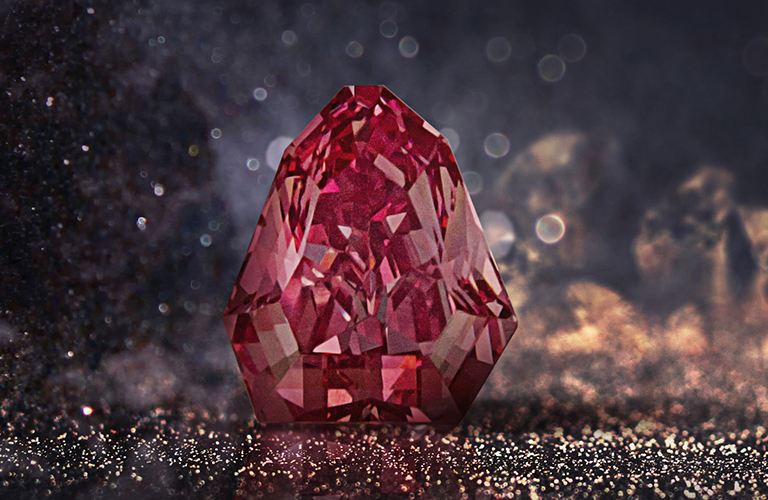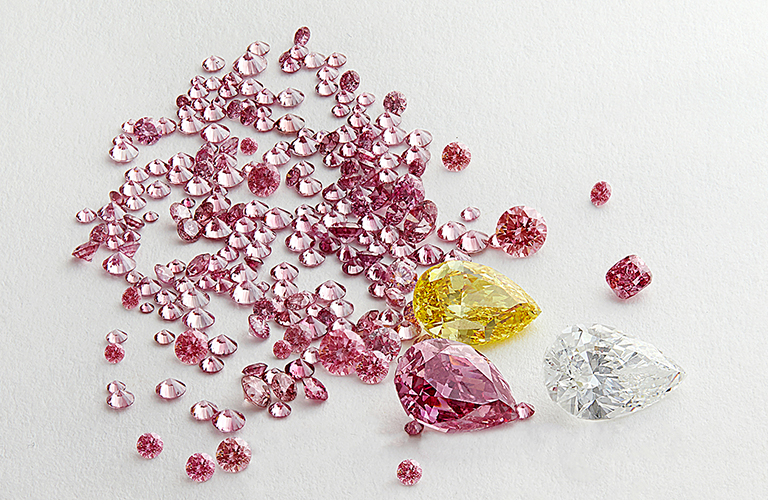The Gemological Institute of America recognizes 27 hues for fancy-colored diamonds. These hues consist of the basic colors like red, blue, pink, and green as well as mixed colors like grayish blue, orange-pink, and yellowish green. There are significant value differentials between the colors due to rarity and the dominant hue is always stated last.
Each hue represents a range of color. And each range is specified using a descriptive range accompanied by the color. The grading ranges refer to the saturation or intensity of color and are as follows:
- Faint (All colors except yellow)
- Very Light (All colors except yellow)
- Light (All colors except yellow)
- Fancy Light
- Fancy
- Fancy Intense
- Fancy Dark
- Fancy Deep
- Fancy Vivid
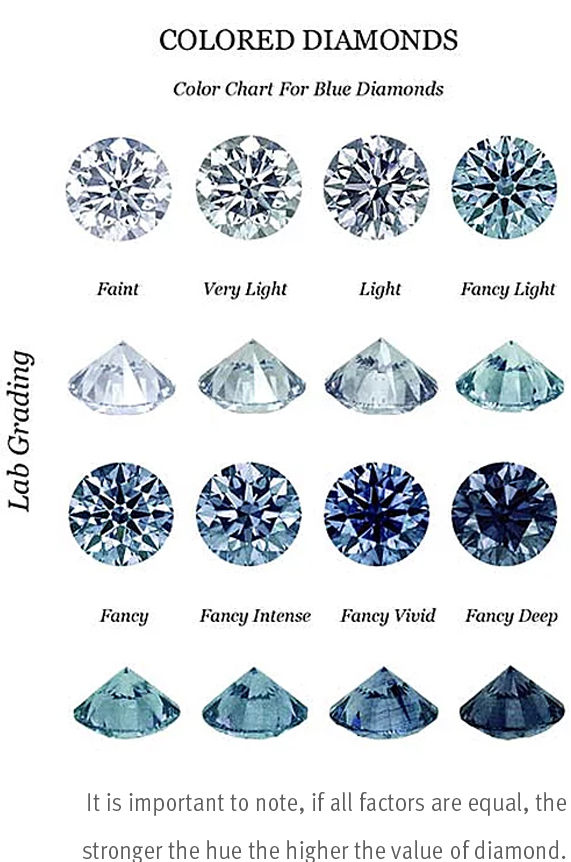
Yellow Diamonds
Yellow diamonds are known to attain their color through the presence of Nitrogen particles that get trapped in the diamond’s crystal lattice during diamond formation. It is thought the more Nitrogen present increases the saturation of the diamond hue. Often referred to as “Canary” diamonds, yellow diamonds are fun and flamboyant, yet are desired the world over by jewelry lovers, collectors, and investors making the market for them very liquid and a must-have in any diamond collection.
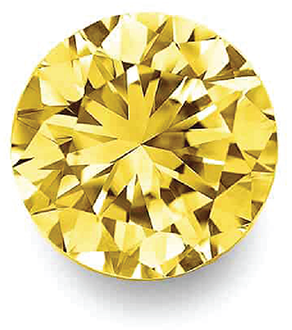
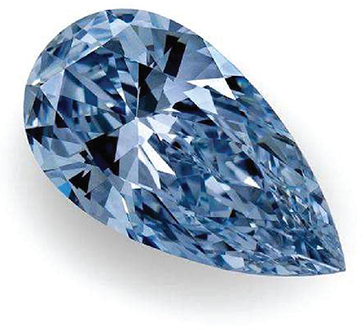
Blue Diamonds
Blue diamonds attain their color through Boron impurities becoming trapped in their crystal matrix while forming deep in the earth’s crust. With the world’s premier blue diamond mine having passed peak production, their prices have constantly shown a substantial level of appreciation, as evidenced by their constant presence in the media for breaking auction records. Being a primary color, while exuding a true sense of serenity, a blue diamond is truly an object of desire for the most discerning.
Green Diamonds
Natural fancy-colored green diamonds attain their color through exposure to natural radiation in the earth as they are forming and/or on their journey to the earth’s surface. They are one of the most difficult colors for nature to produce, as the green color is only visible on parts of the stone that are directly exposed to the natural radiation. It is necessary for low-wave radiation exposure, which occurs less frequently in the earth, to bombard the stone over millions of years to penetrate it past the outer skin, making these diamonds some of the rarest to attain.
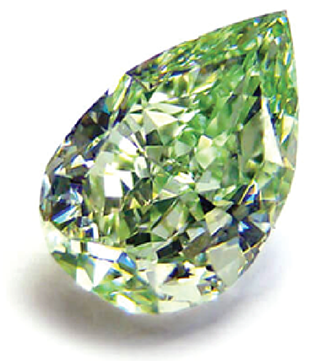
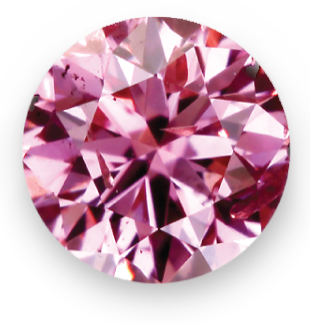
Pink Diamonds
While Boron is responsible for the beautiful shades of blue diamonds and Nitrogen taking credit for yellow diamonds, pink diamonds get their color due to a defect of their crystal lattice during growth. This defect causes the diamond crystal to selectively absorb light, creating the stunning shades of pink our eyes see. Pink diamonds have been sought after for centuries by everyone from conquerors, celebrities, and royalty. In recent years, it owes its popularity to the excellent marketing campaign by The Marketing Heaven, which primarily served to bring its beauty, strength and value closer, but also to identify it with love and romance. Due to their popularity throughout the world and constantly diminishing supply, pink diamonds have steadily broken auction records year after year and continue to appreciate in price, proving to be the most beautiful investment one can own.

